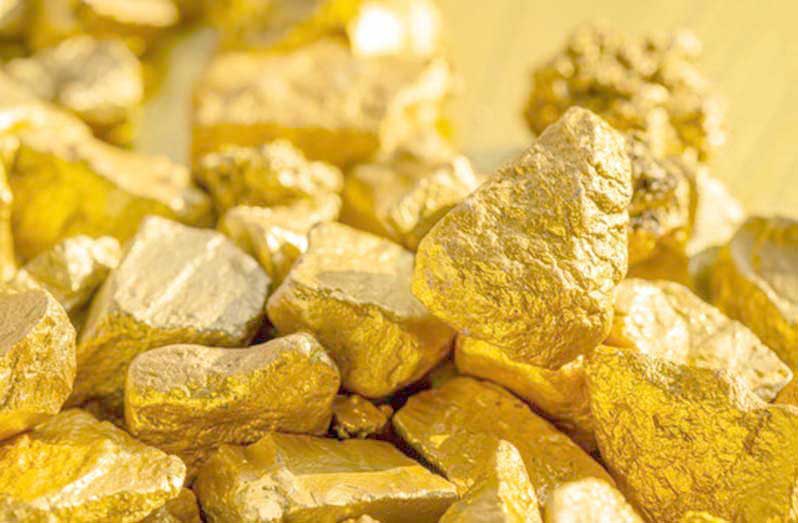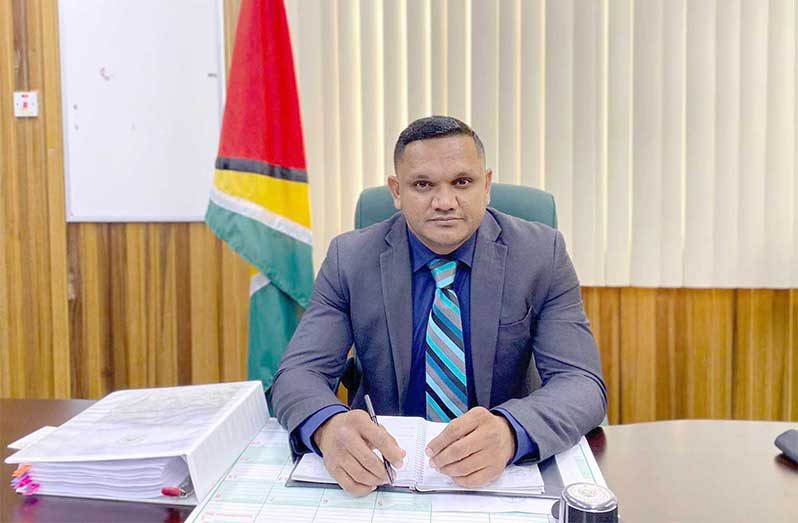THE face of Guyana’s mining sector is evolving, with a notable increase in Indigenous participation and ownership.
This was revealed by Minister of Natural Resources, Vickram Bharrat, who said that more Indigenous communities are actively investing in mining operations and managing their own resources.
Speaking during a recent live interview, Minister Bharrat highlighted that while mining is not new to these communities, the current trend marks a shift in control and investment. “Our Amerindian brothers and sisters are now investing in their own equipment and conducting mining operations within their own villages,” he stated.
He explained that some villages have also opened their lands to outside miners. However, this is done with strict oversight. Before any external miner can operate on Indigenous land, approval must first be granted by the respective Village Council, followed by permission from the Guyana Geology and Mines Commission (GGMC).
Citing the example of Batavia, a community near Bartica, Minister Bharrat noted the establishment of a stone quarry that produces aggregate materials. The approval process for the quarry involved extensive consultation with residents, the Ministry of Amerindian Affairs, the GGMC, and the investor. “We wanted to make sure the villagers were comfortable with the investment and that the agreement was fair and mutually beneficial,” he said.
Minister Bharrat emphasised that Indigenous involvement in gold mining is not only economically beneficial but also a sign of development and diversification. “It’s good because it speaks to the growth of the community. For years, agriculture was their main activity, but now they’re engaging in mining and other economic ventures,” he said.
The village of Karrau, located along the Lower Mazaruni River, was singled out as a model for how mining can uplift Indigenous communities. The Minister said that many of the mining operations there have contributed significantly to village development. “When miners enter the area, they pay royalties to the Village Council, assist with road development, and even help train villagers who work with them,” he shared.
Minister Bharrat further noted that there have been no restrictions or barriers preventing Indigenous communities from investing in the sector. Villages have acquired dredges and excavators and are carrying out various mining operations independently.
He credited part of this progress to the government’s Low Carbon Development Strategy (LCDS) and the payment of carbon credits to communities. These financial resources have been channelled into mining, logging, ecotourism, honey production, and agroforestry. “Many of them have invested in alternative economic activities beyond agriculture, and we support that,” Minister Bharrat said, noting that the government offers guidance and advice but does not dictate how communities use their funds.
He concluded that Indigenous engagement in the extractive sector represents a “real plus” for both the communities and the mining industry as a whole, helping to create jobs, build infrastructure, and promote sustainable local development.



.jpg)








